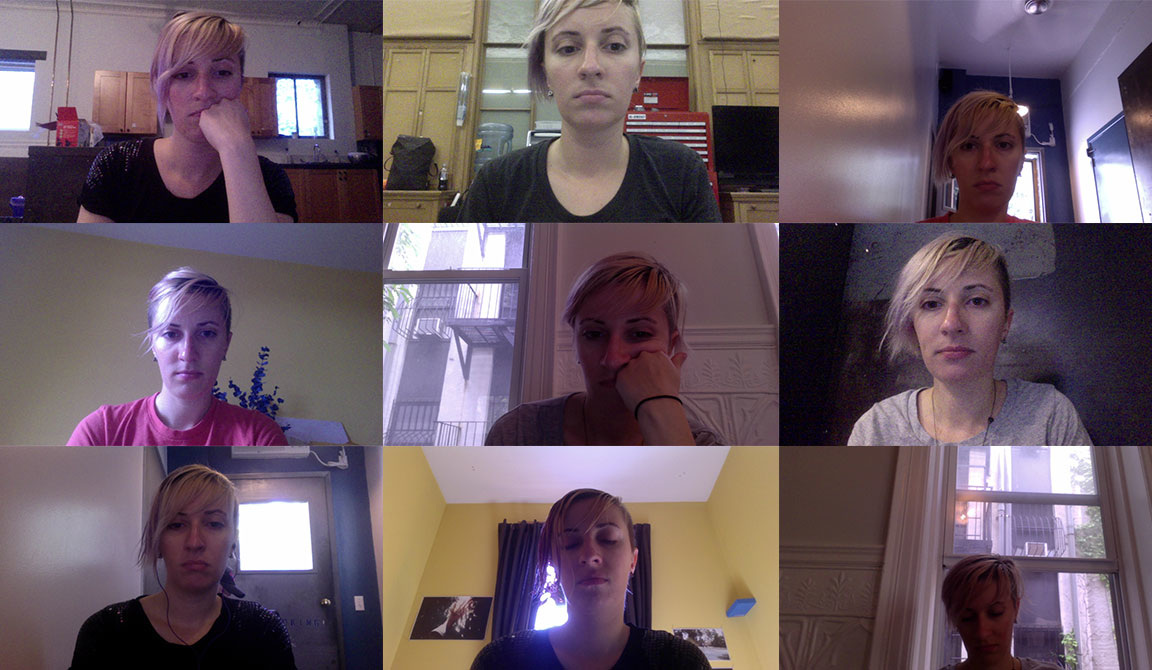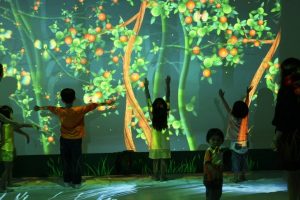Eyeo 2015 – Jake Barton from Eyeo Festival // INSTINT on Vimeo.
Jake Barton is an American designer and the principal and founder of Local Projects, which is a design firm that is based in New York. The firm specializes on creating public spaces with the focus on designing different experiences. At Northwestern University, he studied performance studies and afterwards started his career in public space design with first getting involved in set designing for Broadway productions. Continuing his interest in human interaction and communication, he went to graduate school for interactive telecommunications at NYU. In an interview with Designboom, Barton said that he was always interested in how crowds of people could be better storytellers than curators, regardless of the subject matter. He always had the desire to incorporate technology in a way that will allow him to gather the public’s voice and make it visible.
A Tour Of The 9/11 Museum With The Man Who Designed It.
What is fascinating about Barton’s workflow is the amount of attention that he gives to the way people’s memory system works, which is evident in his design process for the 9/11 memorial museum. The 9/11 memorial museum has an interesting curatorial system due to Barton’s effort to better memory systems. He believes that having a physical object in front of you to interact with allows you to think faster, learn, engage and build connections with the information given to you. All over the museum are full-sized wall screens that have displays of words collected with algorithms, recordings and writings of people’s stories on the 9/11 incident. Some of these information is projected on physical objects/structures/sculptures that represent 9/11, such as objects that look like debris. As someone studying architecture, I admire these aspects of the museum because of its close attention to the ways to augment people’s experience within a public space and to most effectively deliver data and engage the people through making the public opinion more tangible.
In his presentation in Eyeo 2015, he demonstrates the effects of the relationship between the way people think and the availability of physical objects that aid in their thought/memory process. He discusses projects other than the 9/11 memorial museum, including an app that demonstrates physics equations through playground activities and display screens that make city tour guides more interactive, relatable and enticing. He presented his projects in a coherent, captivating manner, balancing narratives and visuals. Visual elements such as pictures and video clips were coherent and relevant as they were of actual users of his designs. The clarity and conciseness of external materials significantly contributed to his successful delivery of information, which I believe I could incorporate in both my architectural work and work for this course.
If I had to point out one thing that I took away from this 50-minute video, it would be the importance of consideration of the human experience and interaction in designing public spaces. It is interesting how thoughtfully placed activities can amplify the effects of storytelling/conveyance of information. Barton certainly inspires us to take a step further in designing people’s memories so that the information would settle more personally and live longer within their minds.
For his interview with Designboom, visit:
For more information on his firm: Local Projects
![[OLD FALL 2017] 15-104 • Introduction to Computing for Creative Practice](https://courses.ideate.cmu.edu/15-104/f2017/wp-content/uploads/2020/08/stop-banner.png)





